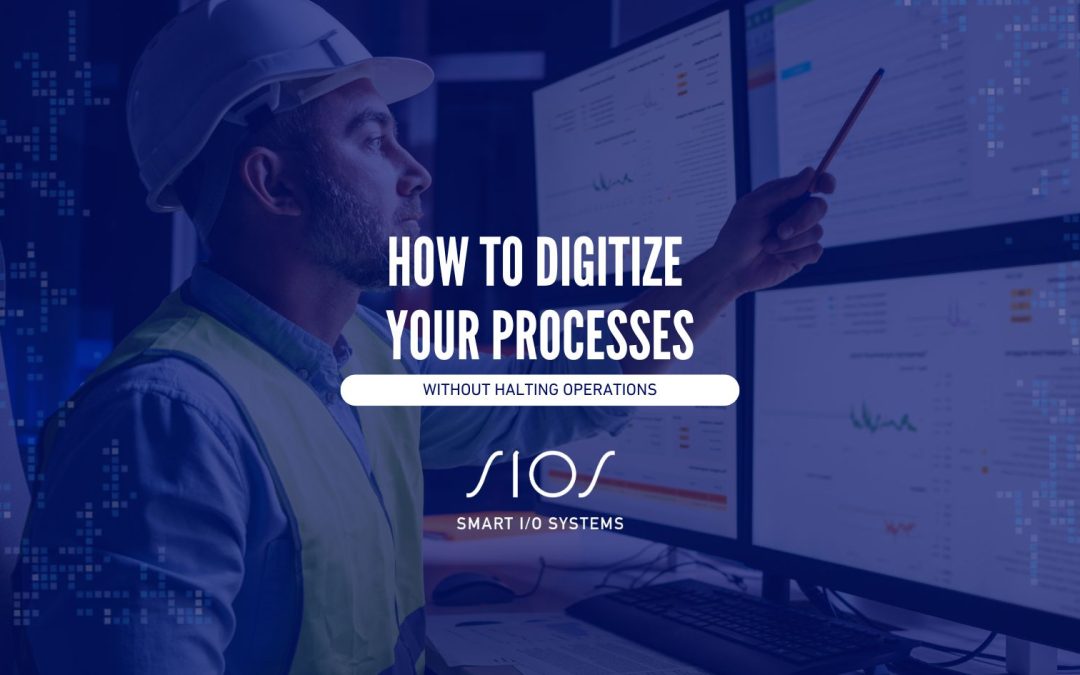For many industries, digital transformation seems like a complex and costly challenge. But it’s possible to move toward Industry 4.0 without shutting down operations or making large investments.
This is what we call progressive automation: a strategy that connects critical processes in stages, prioritizing impact, operational continuity, and return on investment.
What does progressive automation mean?
Progressive automation means starting digitalization in phases, beginning with the most critical or high-value areas. It’s not about changing everything at once, but about building on what already exists. This approach allows you to:
- Continue operating while modernizing processes
- Measure results and make real-time adjustments
- Scale in a controlled and secure way
- Invest based on proven ROI, not assumptions
Where should you start?
Every plant is different, but there are some common best practices to begin a progressive automation journey:
Choose a high-impact area
Such as energy monitoring, packaging lines, or changeover times.
Connect existing infrastructure
Many machines already have data outputs (PLCs, meters, sensors). Tools like AVEVA’s PI System allow you to leverage that infrastructure without major physical changes.
Set clear metrics
Define your goals from the beginning: reduce waste, increase efficiency, minimize downtime, etc.
Create simple operational dashboards
Clear visualization can generate value from day one.
What are the benefits of this approach?
- Doesn’t require stopping production
- Reduces resistance to change
- Allows you to validate technologies with low risk
- Makes ROI visible from early stages
- Enables team training while systems evolve
Automation is not a leap of faith, it’s a smart process.
Digitalization doesn’t mean transforming the entire plant at once. It means building a strong foundation, step by step, to enable a more agile, efficient, and scalable operation.

